As you contemplate getting your first tattoo or adding to your existing collection, one of the most common questions that arises is about the longevity of the artwork. Specifically, many wonder: do tattoos distort as you age or gain muscle? This is a natural and important concern for anyone investing in body art. Understanding how your skin changes over time, and how factors like weight fluctuations and muscle gain can affect your ink, is key to managing expectations and ensuring your tattoos remain vibrant and clear for years to come. At tattoovalue.net, we delve into the science and artistry behind tattoo aging to provide you with the most comprehensive answers.
Understanding how skin ages and changes: the science behind tattoo distortion
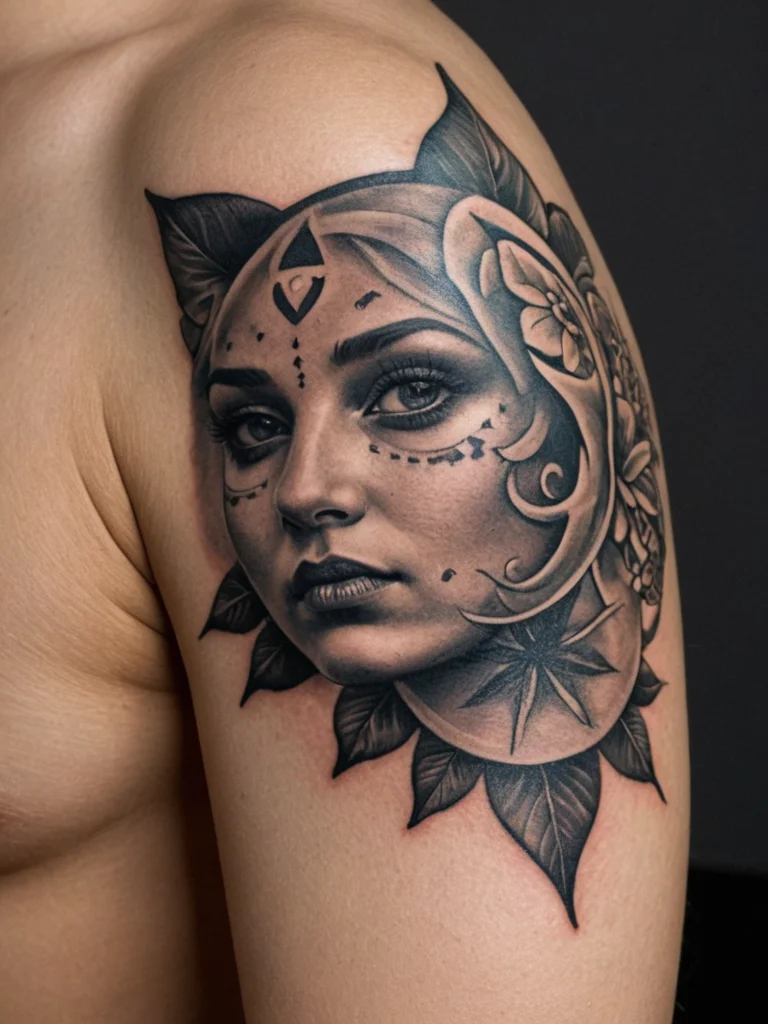
To understand how tattoos might change over time, it’s crucial to first understand the skin itself. Your skin is a dynamic, living organ that constantly renews itself. The outermost layer, the epidermis, is relatively thin and is shed and replaced every few weeks. The magic of a tattoo, however, lies in the dermis, the thicker layer of tissue beneath the epidermis. Tattoo artists deposit ink pigments into the dermis using needles that repeatedly penetrate the skin. These ink particles are too large to be naturally removed by the body’s immune system and skin cell turnover within the epidermis, which is why they remain visible for so long.
However, the dermis is not static. Over years and decades, several natural processes can affect its structure and appearance, and consequently, the appearance of the ink within it. One of the primary factors is the natural aging of the skin. As we age, our bodies produce less collagen and elastin, two proteins that give our skin its firmness, elasticity, and suppleness. Collagen provides the skin’s structure and strength, while elastin allows it to stretch and snap back into place. When these proteins degrade or are produced less efficiently, the skin can lose its tone, become thinner, and start to sag. This can lead to fine lines and wrinkles, and in areas where the skin naturally hangs, it can create a more pronounced effect on the tattoo.
Sun exposure is another significant factor that accelerates skin aging. Ultraviolet (UV) radiation from the sun breaks down collagen and elastin fibers in the dermis. This photodamage can make the skin appear leathery, cause uneven pigmentation, and significantly diminish its elasticity. Tattoos in areas frequently exposed to the sun, without adequate protection, are therefore more susceptible to fading and distortion over time due to the compromised structure of the dermis.
Cellular turnover, while slow in the dermis compared to the epidermis, still occurs. Over many years, the body’s cellular processes can cause subtle shifts in the distribution of ink particles within the dermal layer. While this doesn’t mean your ink will simply vanish, it can contribute to a gradual softening or blurring of the crisp lines and details of a tattoo, especially if the initial ink application was not perfectly uniform or if the ink particles have aggregated slightly over extended periods.
The impact of muscle gain and weight fluctuations on tattoo appearance
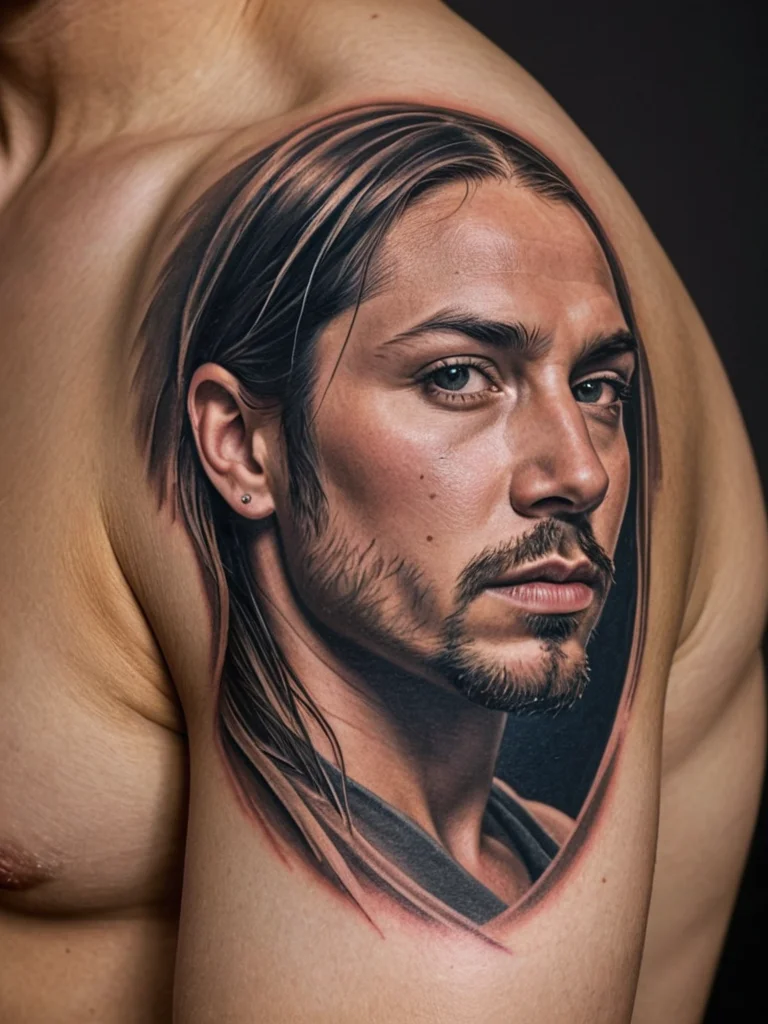
Beyond natural aging, significant changes in your body composition can also affect how your tattoos look. Weight gain and loss, as well as muscle development, all involve stretching or contracting of the skin, which can impact the ink embedded within it.
When you gain weight, your skin stretches to accommodate the increased volume. This stretching can pull the skin in different directions, potentially distorting the shape of your tattoo. If the weight gain is significant and rapid, the skin might not be able to retract smoothly once weight is lost, leaving it looser and less elastic. This can cause tattoos to appear stretched out, warped, or even slightly blurred, especially those on areas that experience substantial volume changes, like the abdomen, thighs, or upper arms.
Conversely, losing a significant amount of weight can also cause issues. When the skin stretches excessively over time due to weight gain, it may lose its ability to fully regain its original tightness. This excess, loose skin can make tattoos appear baggy or wrinkled, diminishing their sharp appearance. In some cases, particularly with very large weight loss, the skin may become so lax that it significantly distorts the design, making it appear much different from its original form.
Muscle gain, especially through intense weight training, also involves stretching of the skin. However, the effect on tattoos can be more nuanced. When you build muscle, the skin over the muscle stretches. If this gain is gradual, the skin’s elasticity might allow it to adapt without extreme distortion. Many people find that tattoos on well-muscled areas like the biceps or pectorals can actually look quite striking, as the taut skin can enhance the appearance of the ink. However, rapid or extreme muscle growth, particularly in areas where the skin is less elastic, can still lead to some stretching and blurring of the tattoo. For instance, a tattoo on a leg that undergoes substantial muscle development might see its lines subtly widen or its details soften due to the skin’s expansion.
The rate and extent of these body composition changes are critical. Gradual changes allow the skin more time to adapt and maintain its elasticity, minimizing distortion. Rapid or extreme shifts, on the other hand, put more stress on the skin, increasing the likelihood of noticeable changes to your tattoos.
Will my tattoo stretch or blur? Predicting distortion based on design and placement
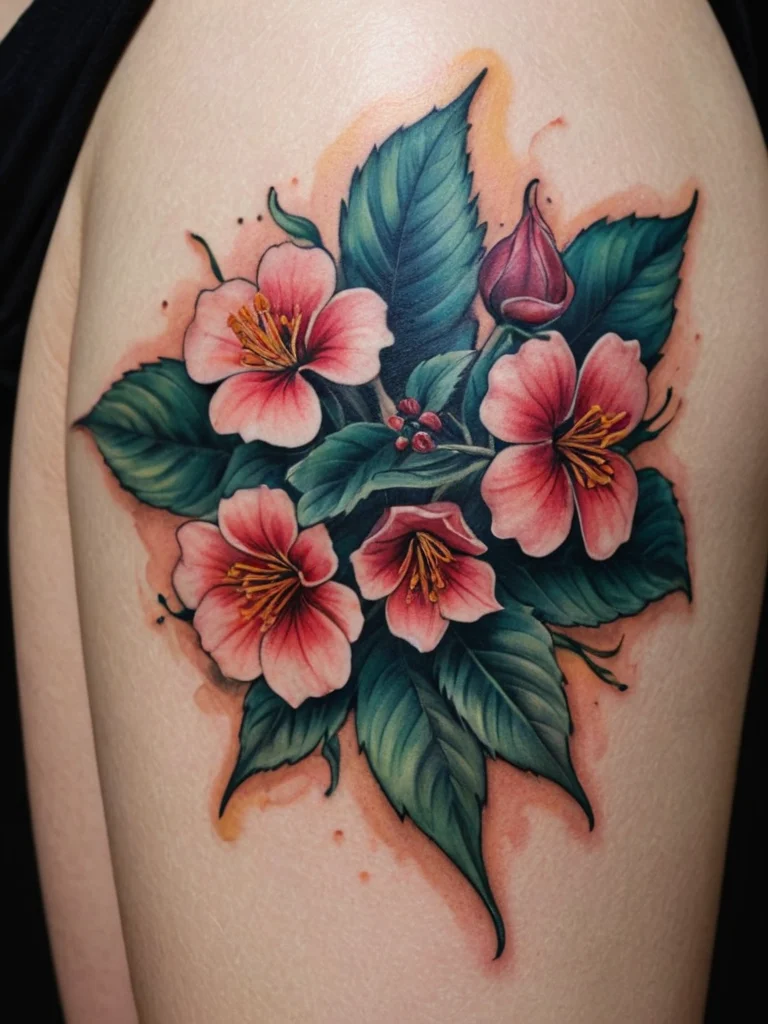
When considering how your tattoo might age, both the design itself and its placement on your body play crucial roles. Certain design elements and locations are inherently more susceptible to distortion than others.
Design Complexity and Line Weight: Highly detailed tattoos with fine lines, intricate shading, and small text are more vulnerable to blurring over time. As the skin naturally ages and stretches, these delicate details can meld together, making the tattoo appear less crisp. Thicker lines and bolder designs tend to hold their definition better. Tattoo artists often recommend bolder outlines for larger pieces or for tattoos intended to last many decades, as these provide a more robust structure that can better withstand the natural processes of skin aging and minor fluctuations.
Color Saturation and Type: The type of ink and how it’s applied can also influence longevity. While colors may fade naturally due to sun exposure and the body’s slow processing of ink, the quality of the ink and the artist’s technique are paramount. Older tattooing techniques or lower-quality inks might break down or migrate more readily, leading to a ‘blowout’ effect where ink spreads under the skin, or a general blurring of the design. Modern, high-quality inks, when applied correctly into the dermis, tend to remain more stable.
Placement on the Body: Location, location, location! Certain areas of the body are more prone to stretching and sagging than others. Areas with less elastic skin or those that experience significant stretching due to weight changes or gravity are prime candidates for tattoo distortion. For example, tattoos on the inner thighs, abdomen, lower back, or the upper arms (especially the underside) can be more affected by weight fluctuations and natural loss of skin elasticity over time.
Areas that are less prone to dramatic stretching and are more protected from the sun tend to age better. These often include the forearm, upper arm (outer side), shoulder, calf, and upper back. However, even these areas are not immune to the effects of aging and sun exposure. The key is understanding that skin elasticity varies across the body and is influenced by genetics, lifestyle, and environmental factors.
Skin Elasticity and Genetics: Ultimately, your individual skin elasticity plays a significant role. Some people naturally have more resilient and elastic skin that resists the effects of aging and stretching better than others. Genetics can predispose you to developing wrinkles or sagging skin earlier or later in life, which will, in turn, affect how your tattoos look over the decades.
Tips for minimizing tattoo distortion: best practices for longevity
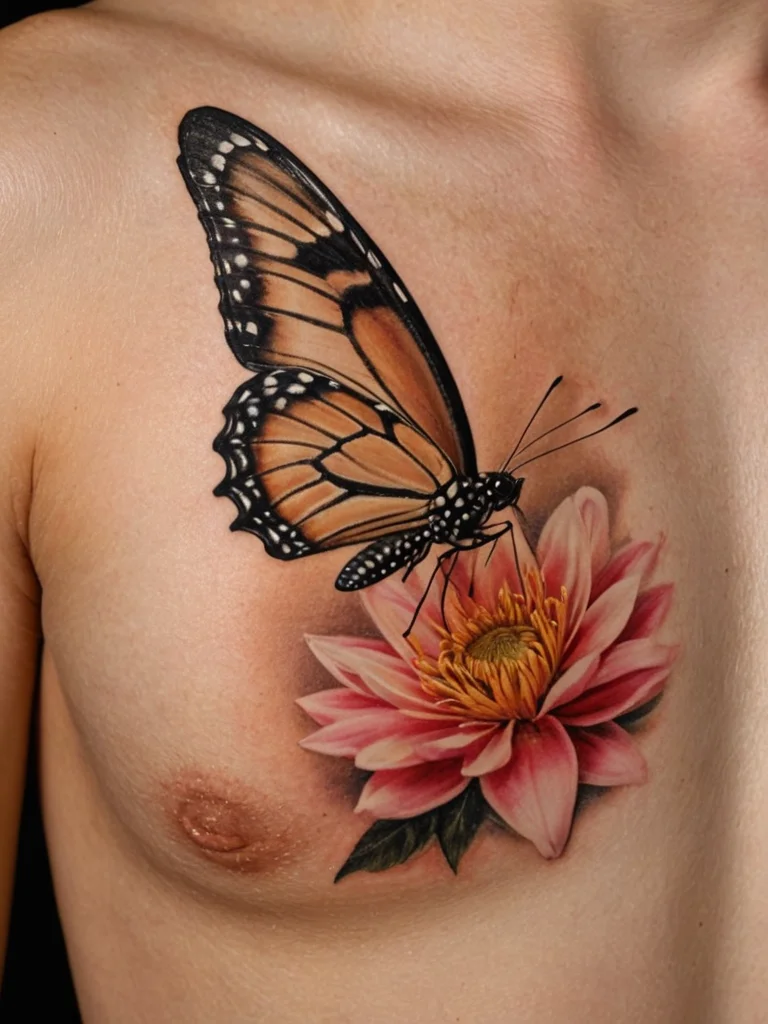
While some degree of change over many years is inevitable for any tattoo, there are several proactive steps you can take to minimize distortion and keep your ink looking its best for as long as possible. These practices involve careful consideration during the design and placement phase, as well as diligent aftercare and ongoing maintenance.
Choose Your Artist Wisely: The skill of your tattoo artist is paramount. An experienced artist will understand how to apply ink correctly into the dermis, using appropriate needle depth and technique to ensure the ink settles well and lines are crisp. They can also advise you on design elements that age better and suggest optimal placements based on your body’s natural contours and potential for future changes. Don’t hesitate to look at portfolios, read reviews, and consult with artists to find someone whose style and expertise align with your vision for a long-lasting tattoo.
Select Your Design and Placement Thoughtfully: As discussed, bolder designs with thicker lines and less intricate detail tend to age more gracefully. Consider this when choosing your artwork. Likewise, choose placement areas that are less prone to significant stretching or sagging. If you are considering a tattoo on an area that might be subject to substantial body weight changes, think about whether you are prepared for potential alterations to the design.
Maintain a Stable Weight: While it’s not always possible, maintaining a relatively stable body weight can significantly help preserve the integrity of your tattoos. Avoid rapid or extreme weight fluctuations, as these put the most stress on the skin and are the primary drivers of distortion from body composition changes.
Protect Your Skin from the Sun: This is arguably the most important ongoing practice for tattoo longevity. Sun exposure breaks down collagen and elastin, leading to premature aging and fading of your tattoos. Always use a high SPF sunscreen on your tattooed skin, especially in the first few months after getting a tattoo. Reapply sunscreen regularly, particularly if you spend extended periods outdoors. Wearing protective clothing or seeking shade can also prevent damage.
Keep Your Skin Hydrated and Healthy: Well-moisturized skin looks better and is generally healthier. Regularly applying a good quality moisturizer can help keep your skin supple and elastic. While it won’t reverse aging, it contributes to overall skin health, which in turn supports the appearance of your tattoos. Staying hydrated by drinking plenty of water also contributes to skin health from the inside out.
Follow Aftercare Instructions Meticulously: Proper healing is the foundation for a long-lasting tattoo. Adhering strictly to your tattoo artist’s aftercare instructions during the healing process is crucial. This includes keeping the tattoo clean, avoiding soaking it in water, and protecting it from friction and sunlight during the initial healing phase. A well-healed tattoo is more likely to retain its sharpness and color over time.
When do tattoos age best? Real-life examples and what to expect over time
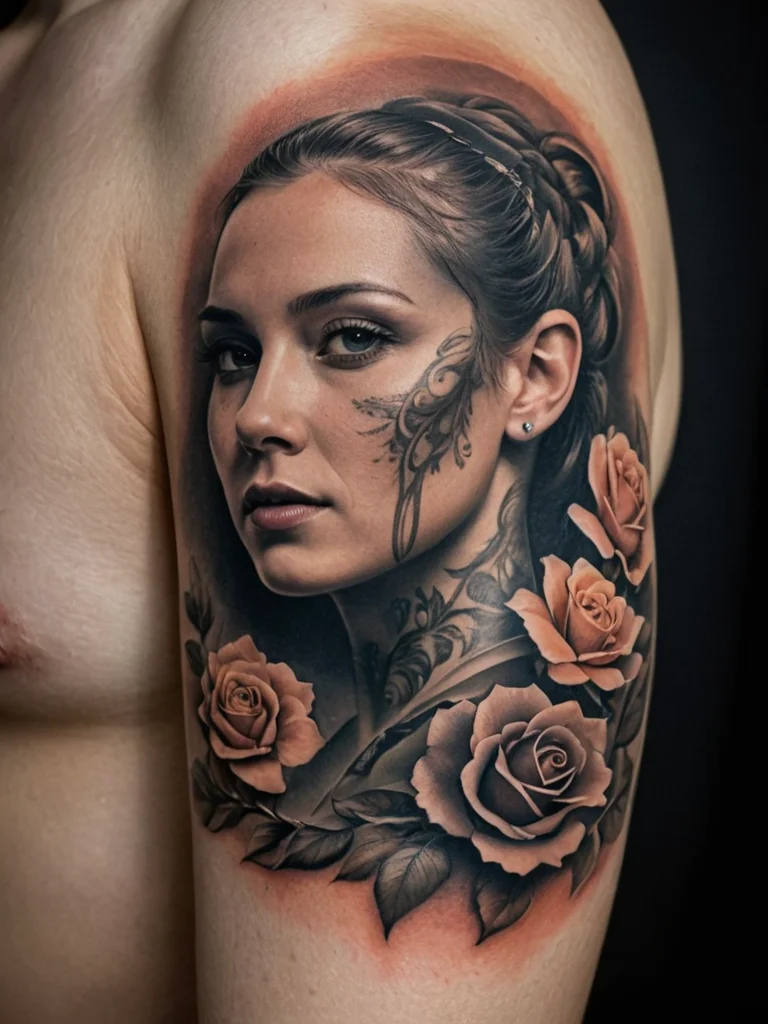
The journey of a tattoo through time is a fascinating one, reflecting the natural life of your skin and the resilience of the ink. When we talk about tattoos aging “best,” we’re generally referring to designs that retain their clarity, color, and overall impact with minimal blurring, fading, or distortion.
The First Few Years: The Peak Phase
Immediately after healing, a tattoo is at its most vibrant and crisp. The lines are sharp, the colors are saturated, and the details are distinct. This initial phase, typically lasting from a few months to perhaps 3-5 years, represents the tattoo in its pristine state. During this period, if proper aftercare was followed, you should see very little change, assuming no drastic body weight changes have occurred.
The First Decade: Subtle Shifts
As you move into the 5-10 year mark, subtle changes might begin to appear. You might notice a slight softening of the finest lines, particularly in intricate designs. Colors may lose a fraction of their initial saturation, especially if the tattoo has been exposed to significant sun without protection. However, for well-executed tattoos in stable body locations, the overall appearance should still be excellent, with the design remaining clearly recognizable and impactful. For example, a bold tribal piece on an upper arm that has been consistently protected from the sun might look remarkably similar to how it did when it was first inked.
The 10-20 Year Mark: Visible Aging
By the 10-20 year period, more noticeable signs of aging can become apparent. Skin elasticity naturally decreases, and photodamage accumulates. This can lead to a more pronounced softening of lines, a greater degree of color fading, and potentially some minor distortion if the area has been subject to any weight fluctuations. A watercolour-style tattoo, for instance, which relies on subtle blending and gradients rather than bold outlines, might start to look more diffuse. Similarly, a detailed portrait on an area like the abdomen might show some warping if weight gain has occurred.
20+ Years: A Mature Tattoo
Tattoos that are 20 years or older have certainly seen the effects of time. However, many tattoos, especially those with robust designs, good placement, and diligent care, can still look fantastic. You might see more significant blurring, fading, and perhaps slight stretching. The tattoo becomes a part of your personal history, a testament to your life experiences. Some people embrace this mature look, seeing it as a natural evolution of the art. Others opt for touch-ups to refresh the ink and sharpen the details, a common practice among long-time tattoo enthusiasts. For instance, a client who got a large black and grey piece on their back in their early twenties might, in their forties, decide to get a touch-up to re-darken the blacks and redefine some of the shading, revitalizing the piece.
Ultimately, the “best aging” scenario for a tattoo involves a combination of high-quality execution, thoughtful design and placement, consistent sun protection, stable body weight, and good overall skin health. Even with these factors, some change is a natural part of the process, adding character and a sense of history to your cherished body art.